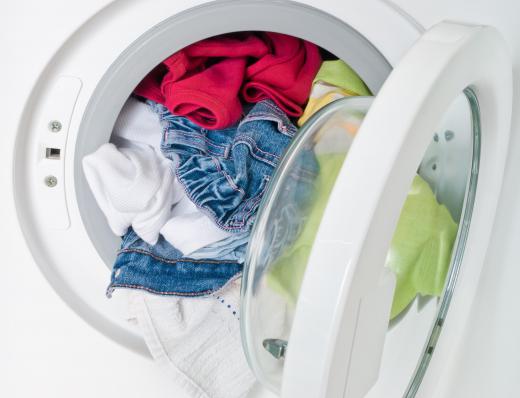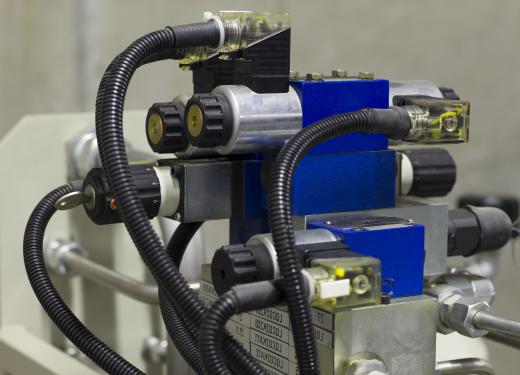A gas solenoid valve is made of parts that receive electrical impulses and then translate those impulses into mechanical movements. When the gas solenoid valve receives an electrical impulse, it either opens or closes the valve, controlling the flow of gas through a line or into a chamber. A gas solenoid valve can be found in many applications, including commercial and residential devices.
The coil that sits inside the gas solenoid valve’s housing receives the electrical currents from either automatic sensors or switches that are controlled by a person. The solenoid converts the electrical impulses received by the coil into mechanical energy. This energy moves the mechanical parts inside the valve to either open or close the valve, which affects how much gas can flow through the valve at the moment.

Gas solenoid valve configurations vary, with some valves having only an inlet port and an outlet port and other valve setups having multiple inlet and outlet ports. A direct-acting valve has a plunger that moves back and forth, blocking off the gas’ passageway or allowing only a certain amount of gas through the valve. Two-way direct-acting valves have inlet and outlet chambers, with a small passageway between the chambers where the plunger can slide through. Three-way direct-acting valves have the same setup, plus an exhaust opening through the plunger’s assembly.

Pilot-operated valves have a plunger that opens or closes a pilot hole where gas does not flow. Instead, the movement of the plunger affects the amount of pressure in the valve, which in turn controls how much gas flows through the valve. A pilot-operated valve has inlet and outlet chambers, with a diaphragm separating the chambers.
Commercial uses of gas solenoid valves include any pneumatic-operated machinery that uses gas pressure to move the machinery’s parts. Large valves inside manufacturing facilities might use solenoid valves to control the movement of gases used in manufacturing processes. Dental offices have solenoid valves that control the flow of air through examination chairs, allowing the chair to raise and lower.
Residential applications include solenoid valves inside furnaces that control when the natural gas comes on and is ignited by the pilot light to create heat. Natural gas-powered vehicles use solenoid valves to control the flow of gas into the engine’s cylinders. Gas-powered clothes dryers have solenoid valves that control the flow of gas into the dryer, helping prevent gas poisoning or a fire.
